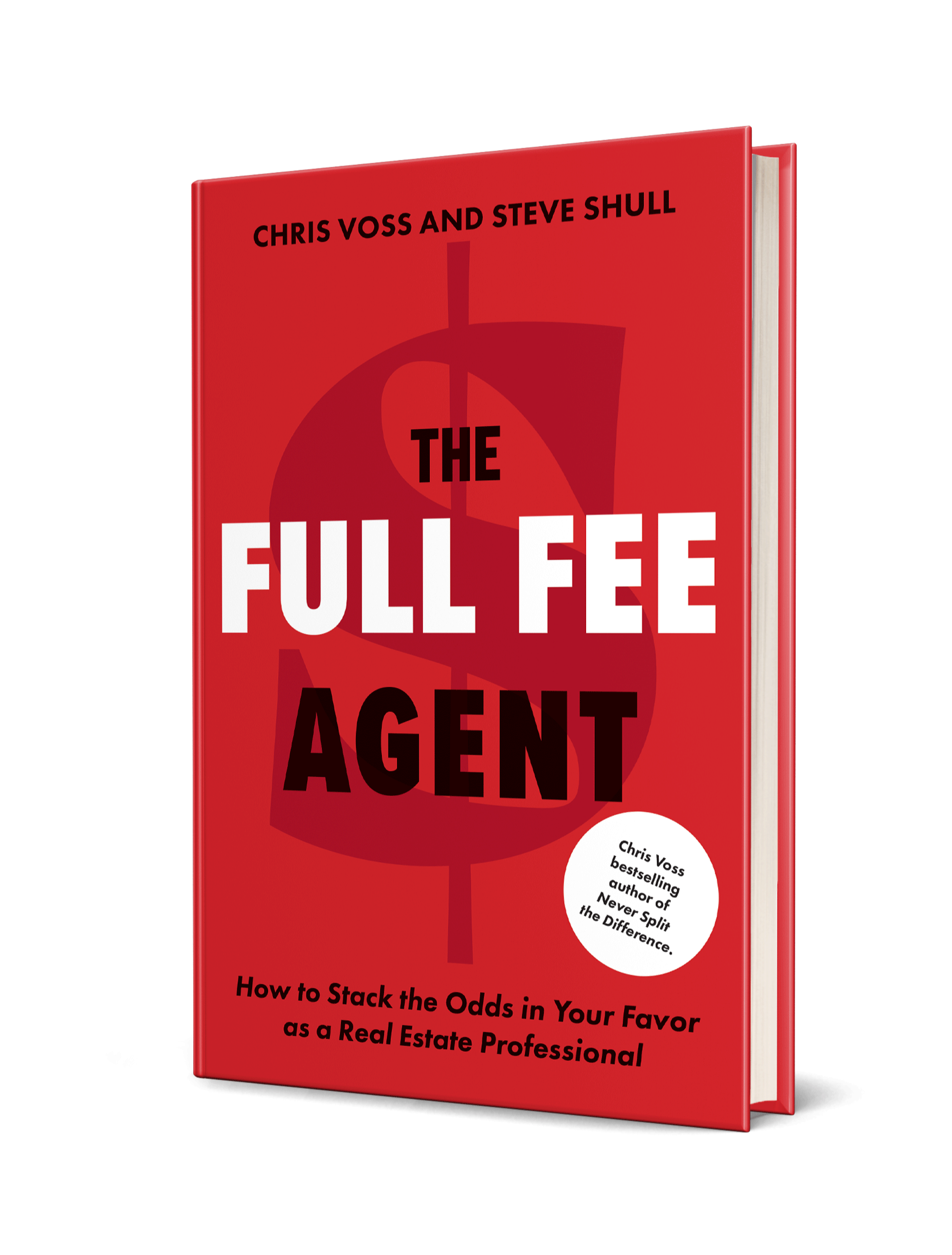Stuck on the Treadmill – The Hidden Trap of the Reactionary Agent
Aug 03, 2025
Most real estate agents are not building a business—they are surviving a cycle. A treadmill. One that looks busy and productive on the outside but is directionless, exhausting, and unsustainable on the inside. It's the illusion of momentum without meaningful progress. And it’s why, despite working 60+ hours a week, many agents feel like they’re no further ahead than they were six months—or six years—ago.
Let’s unpack what the treadmill is, what fuels it, why it’s so hard to escape, and what it actually takes to get off it for good.
What is the Treadmill?
The treadmill is a state of chronic reaction, driven by:
-
Chasing leads and putting out fires
-
Responding to the loudest voice, newest crisis, or most urgent request
-
Prioritizing tasks based on emotion (fear, guilt, anxiety) not intention
-
Running a business entirely off memory, instinct, and adrenaline
-
Letting the market, clients, and circumstances dictate your calendar
-
Believing “more” is the answer to “better”
It’s not that these agents aren’t working hard. They are. But their effort is scattered, misdirected, and undisciplined. It’s not connected to a bigger strategy or a long-term outcome. It’s survival work masquerading as progress.
Why Do So Many Agents Get Stuck Here?
Because the treadmill is familiar. It’s safe. And at some level, it feeds their ego.
1. The Brain Is Wired for Survival, Not Mastery
The default setting of the brain is: Avoid threat. Seek reward. Conserve energy.
The treadmill satisfies all three:
-
Avoid threat: If I stay busy, I don’t have to face hard truths (my lack of systems, weak pipeline, poor follow-through).
-
Seek reward: Busy-ness gets social approval. It feels productive. It looks successful.
-
Conserve energy: No deep thinking or hard choices required. Just show up and react.
2. The Real Estate Industry Reinforces It
Much of the training, tech, and coaching out there pushes agents to:
-
Chase volume instead of deepen value
-
Obsess over lead gen without talking about client experience
-
Say yes to everything and everyone
-
Hustle harder instead of rewiring smarter
It’s an environment designed to keep agents moving, but not thinking.
3. There's No Time to Think–Because Thinking Isn't Scheduled
On the treadmill, agents confuse activity with progress.
There’s no time blocked for strategy, reflection, or planning—only doing. And doing. And doing.
They’re always in motion but never in control.
4. The Business Is Built Entirely on Emotion
Most agents:
-
Don’t track their numbers
-
Don’t follow a process
-
Don’t have clear standards for who they work with or how
-
Don’t protect time for the important over the urgent
This means they operate by feel. And feelings are fleeting, reactive, and unreliable.
Why Is It So Hard to Get Off the Treadmill?
Because getting off the treadmill feels like standing still. And that’s terrifying.
1. Slowing Down Feels Like Losing
To step off the treadmill, you have to pause. Assess. Redefine.
But when your entire self-worth is built on being busy and needed, slowing down feels like failure.
2. There's a Withdrawal Period
The treadmill creates a chemical loop—dopamine from new emails, endorphins from solving a crisis, cortisol from stress.
Getting off means breaking the addiction to chaos. And like any addiction, withdrawal is real.
3. Clarity Is Confronting
To get off the treadmill, you have to:
-
Get honest about what’s not working
-
Own what you’ve been avoiding
-
Admit how much of your business is random, not repeatable
That level of clarity is deeply uncomfortable. It’s easier to just “stay busy.”
4. You Actually Have to Build a Real Business
Structure. Strategy. Standards. Systems.
Most agents have never been taught this. They don’t know how to build a business—they know how to chase clients.
So stepping off the treadmill doesn’t just require effort. It requires an identity shift.
So What Does It Take to Get Off the Treadmill?
1. A New Definition of Success
Stop measuring success by how busy you are or how many deals you close.
Start measuring it by:
-
How consistently you operate at a high standard
-
How well you protect your time and energy
-
How deeply you serve your relationships
-
How aligned your actions are with your values and vision
2. Systematic Rewiring
You have to retrain your brain to prioritize strategy over sensation.
This means shifting from:
-
Emotion ➝ Intention
-
Reaction ➝ Execution
-
Survival ➝ Mastery
It starts with micro-habits: protecting time, saying no, tracking metrics, using a process. Slowly but surely, you replace chaos with control.
3. The Performance Six
Getting off the treadmill means mastering six essential standards of a real business:
-
Practicing Mindfulness – You hold yourself to a higher standard.
-
Optimizing Time – You prioritize what matters most.
-
Cultivating Relationships – You lead with love, trust, and depth.
-
Implementing Process – You build systems and structure.
-
Mastering Communication – You guide, don’t chase.
-
Strategic Execution – You take the right action at the right time.
This is how you stop chasing business and start cultivating it.
Final Thought: The Treadmill Isn't Broken. It's Just Not For You.
The treadmill works—for the survival-based agent who’s okay living on adrenaline, anxiety, and burnout.
But if you want to thrive, not just survive…
If you want a repeat and referral business, not a hustle-based one…
If you want to build something that lasts…
Then you have to get off the treadmill.
Not someday. Today.
Get free coaching in your inbox every week
Stay focused on what truly matters with key highlights and insights from all our coaching programs.


